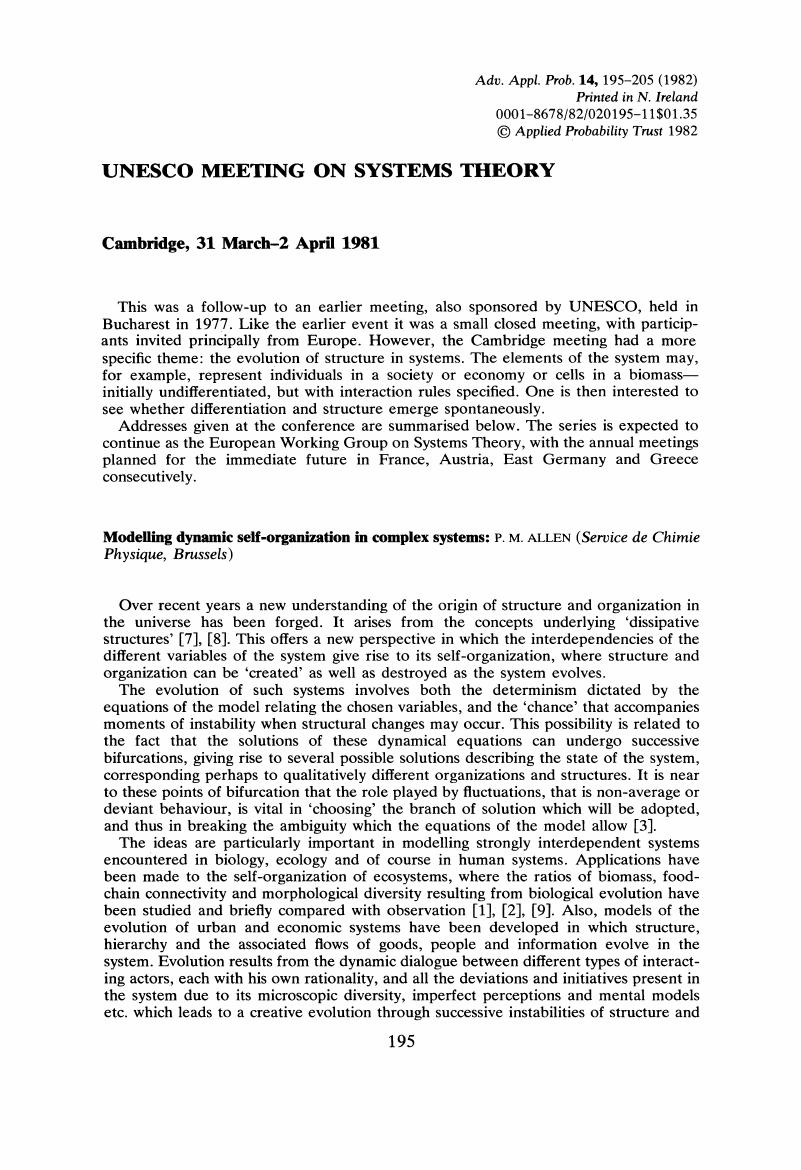Crossref Citations
This article has been cited by the following publications. This list is generated based on data provided by Crossref.
Jiang, M.M.
and
Chen, B.
2011.
Integrated urban ecosystem evaluation and modeling based on embodied cosmic exergy.
Ecological Modelling,
Vol. 222,
Issue. 13,
p.
2149.





